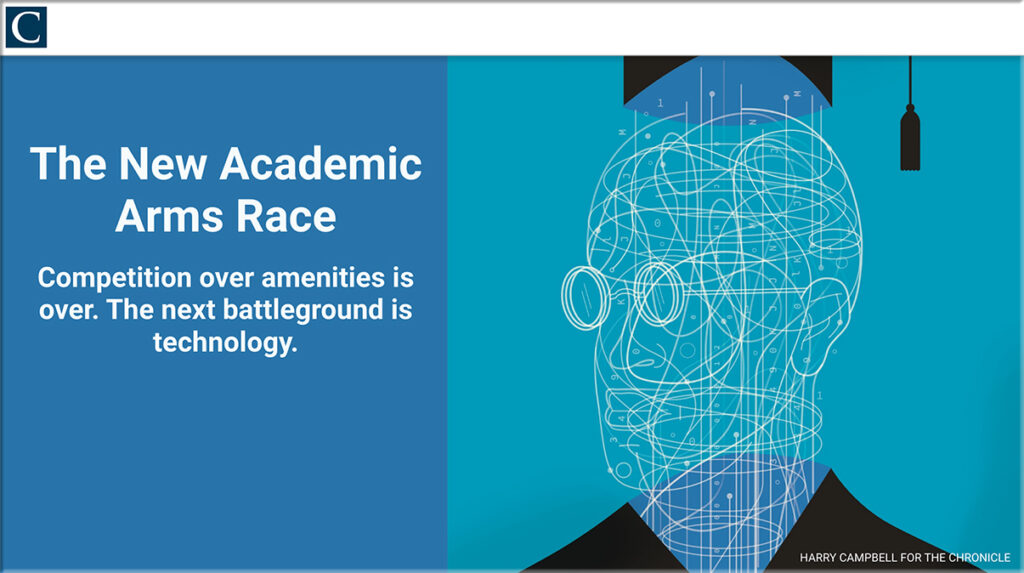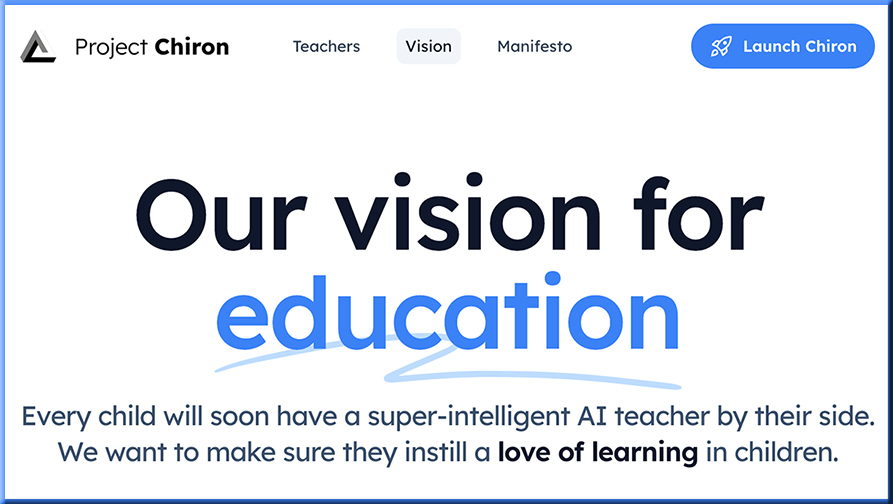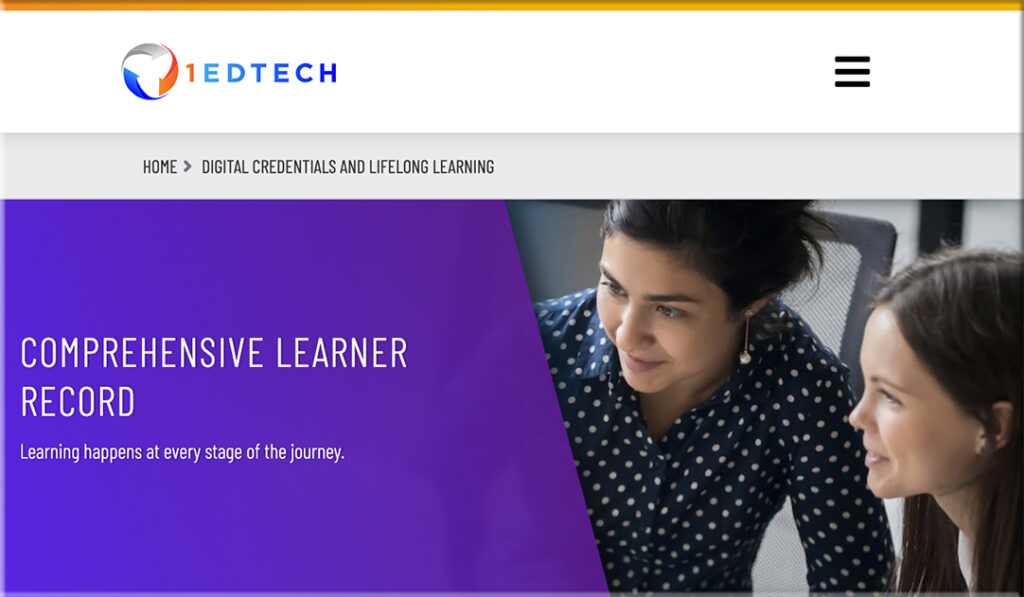The New Academic Arms Race | Competition over amenities is over. The next battleground is technology. — from chronicle.com by Jeffrey J. Selingo
Now, after the pandemic, with the value of the bachelor’s degree foremost in the minds of students and families, a new academic arms race is emerging. This one is centered around academic innovation. The winners will be those institutions that in the decade ahead better apply technology in teaching and learning and develop different approaches to credentialing.
Sure, technology is often seen as plumbing on campuses — as long as it works, we don’t worry about it. And rarely do prospective students on a tour ever ask about academic innovations like extended reality or microcredentials. Campus tours prefer to show off the bells and whistles of residential life within dorms and dining halls.
That’s too bad.
The problem is not a lack of learners, but rather a lack of alignment in what colleges offer to a generation of learners surrounded by Amazon, Netflix, and Instagram, where they can stream entertainment and music anytime, anywhere.
From DSC:
When I worked for Calvin (then College, now University) from 2007-2017, that’s exactly how technologies and the entire IT Department were viewed — as infrastructure providers. We were not viewed as being able to enhance the core business/offerings of the institution. We weren’t relevant in that area. In fact, the IT Department was shoved down in the basement of the library. Our Teaching & Learning Digital Studio was sidelined in a part of the library where few students went to. The Digitial Studio’s marketing efforts didn’t help much, as faculty members didn’t offer assignments that called for multimedia-based deliverables. It was a very tough and steep hill to climb.
Also the Presidents and Provosts over the last couple of decades (not currently though) didn’t think much of online-based learning, and the top administrators dissed the Internet’s ability to provide 24/7 worldwide conversations and learning. They missed the biggest thing to come along in education in 500 years (since the invention of the printing press). Our Teaching & Learning Group provided leadership by starting a Calvin Online pilot. We had 13-14 courses built and inquiries from Christian-based high schools were coming in for dual enrollment scenarios, but when it came time for the College to make a decision, it never happened. The topic/vote never made it to the floor of the Faculty Senate. The faculty and administration missed an enormous opportunity.
When Calvin College became Calvin University in 2019, they were forced to offer online-based classes. Had they supported our T&L Group’s efforts back in the early to mid-2010’s, they would have dove-tailed very nicely into offering more courses to working adults. They would have built up the internal expertise to offer these courses/programs. But the culture of the college put a stop to online-based learning at that time. They now regret that decision I’m sure (as they’ve had to outsource many things and they now offer numerous online-based courses and even entire programs — at a high cost most likely).
My how times have changed.
For another item re: higher education at the 30,000-foot level, see:
Lifelong Learning Models for a Changing Higher Ed Marketplace — from changinghighered.com by Dr. Drumm McNaughton and Amrit Ahluwalia
Exploring the transformation of higher education into lifelong learning hubs for workforce development, with innovative models and continuing education’s role.
Higher education is undergoing transformational change to redefine its role as a facilitator of lifelong learning and workforce development. In this 200th episode of Changing Higher Ed, host Dr. Drumm McNaughton and guest Amrit Ahluwalia, incoming Executive Director for Continuing Studies at Western University, explore innovative models positioning universities as sustainable hubs for socioeconomic mobility.
The Consumer-Driven Educational Landscape
Over 60% of today’s jobs will be redefined by 2025, driving demand for continuous upskilling and reskilling to meet evolving workforce needs. However, higher education’s traditional model of imparting specific knowledge through multi-year degrees is hugely misaligned with this reality.
Soaring education costs have fueled a consumer mindset shift, with learners demanding a clear return on investment directly aligned with their career goals. The expectation is to see immediate skills application and professional impact from their educational investments, not just long-term outcomes years after completion.















